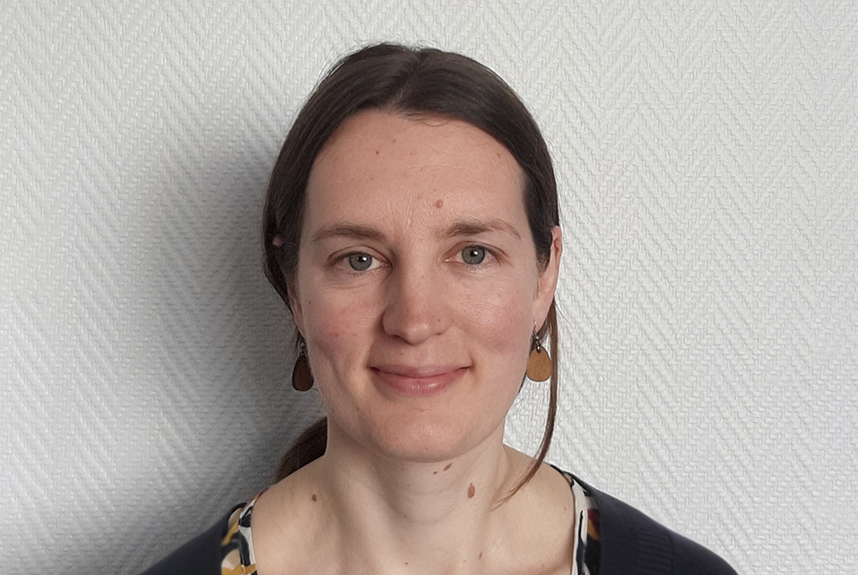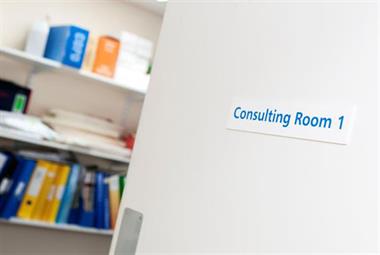The approach – called Optimising Access Through Human fit (or OATH) – is based on research conducted across several projects over the past eight years that involved patients, carers, GPs, general practice staff, the voluntary sector, and commissioners in the Greater Manchester area, funded by the National Institute for Health Research (NIHR).
Researcher and GP Dr Jennifer Voorhees explains that the project is a way of thinking about the ‘fit’ between the people on the patient side, by looking at their needs, abilities and lives, with the people on the service side, and their abilities and capacity – or the ‘human fit’, as she calls it.
She says that many of the problems relating to access are in part because of the ‘narrow definitions’ of what access is and the need for ‘quick wins’. Policies have historically focused on timeliness and numbers of appointments and this can obscure the complexities of how people actually access care. This leads to potential trade-offs between continuity of care and access.
What do we mean by access?
‘[OATH} is actually taking a step back and saying, what do we even mean when we talk about access to care?’ Dr Voorhees says. ‘And it means thinking of everything from every individual patient within your practice population and thinking of your practice population as a whole. You're thinking of all the people on the healthcare side too, and that includes the admin staff and the frontline reception staff who are doing a lot of the individual interactions with patients.’
The new resources aim to make the ‘human fit’ concept easily digestible, using animations and infographics. There will be guides on how to use these and hold meetings with staff and patients to better understand the issues with access and where the ‘lack of fit’ is, Dr Voorhees explains.
Some of these can be used as ‘tick sheets’ for staff to help them identify where problems might be occurring and how often these happen. This approach can also help practices tackle health inequalities, Dr Voorhees says.
‘We find that where there's lack of fit between what the patients' needs and abilities are and those of the practice staff that's where the health inequalities are. People are falling through the gaps.’
In fact, Dr Voorhees' research found that the focus on demand was actually part of the problem because it can cause and hide unmet health needs.
Improved continuity
Dr Voorhees says the key to OATH is thinking about the people on both sides. Working with staff and patients practices can define what better access means for each side and set targets for change. Many practices may find that improved continuity will mean improved access.
‘Continuity is very much part of access,' she says. 'Reduced continuity comes with some of the layers of rules that we introduce to help manage demand.
‘That’s no one’s fault, it is just the result of the current situation that we’re in. But that is also feeding into some of these health inequalities because some people stop trying when the rules get too complicated, or they don't have the equipment ,or the know how, or the time to keep to keep calling every day. There will be people who just don't try anymore.’
‘There is a lot of inefficiencies when the fit isn't right,’ she adds. ‘And that's where we actually have some hope, because planning for the exceptions to the rules and providing flexibility where it's needed, and the gain from restoring continuity, can bring efficiencies.
Tackling inequalities
‘We can have a win-win, where we can actually address those long-standing inequalities and find that hidden unmet need because we freed up some time.’
Dr Voorhees says that doing this work also aligns with targets in the QOF quality improvement module this year on access as well as those in the investment and impact fund that look at improving access across a PCN.
There are also plans for a follow-up study next year to look at the results practices have achieved from using the OATH resources and establish if there are any other useful tools that could be developed
‘Once you become aware of a different way of looking at access, you see things differently,’ Dr Voorhees says. ‘So we're trying to disseminate this different way of thinking about access so that these issues of health inequalities and inequities of access fall under your thoughts about access and continuity as opposed to somehow being something separate. And to challenge the idea that access means just speed of access.’
- You can find more information on the OATH website www.OATH-access.com. Dr Voorhees research was published in the BJGP here.











